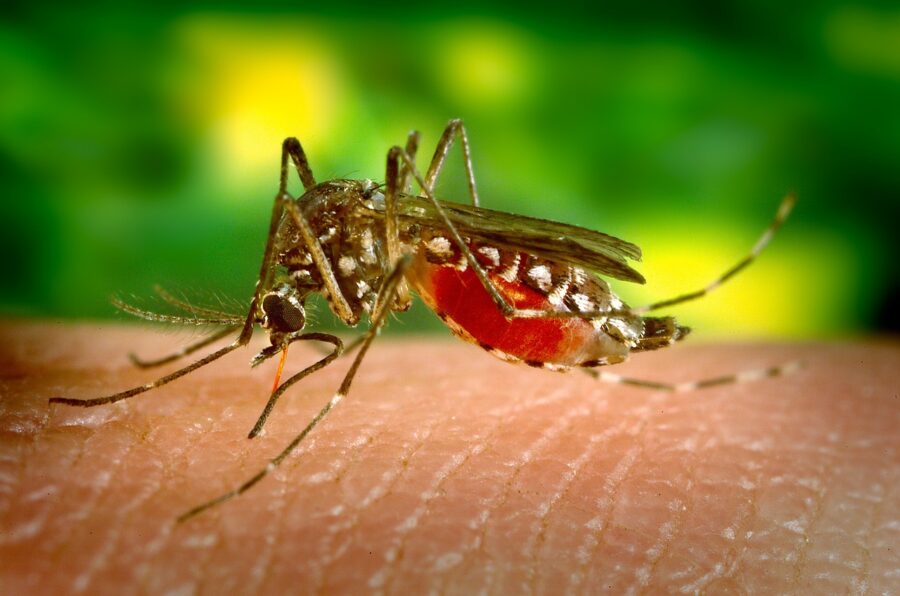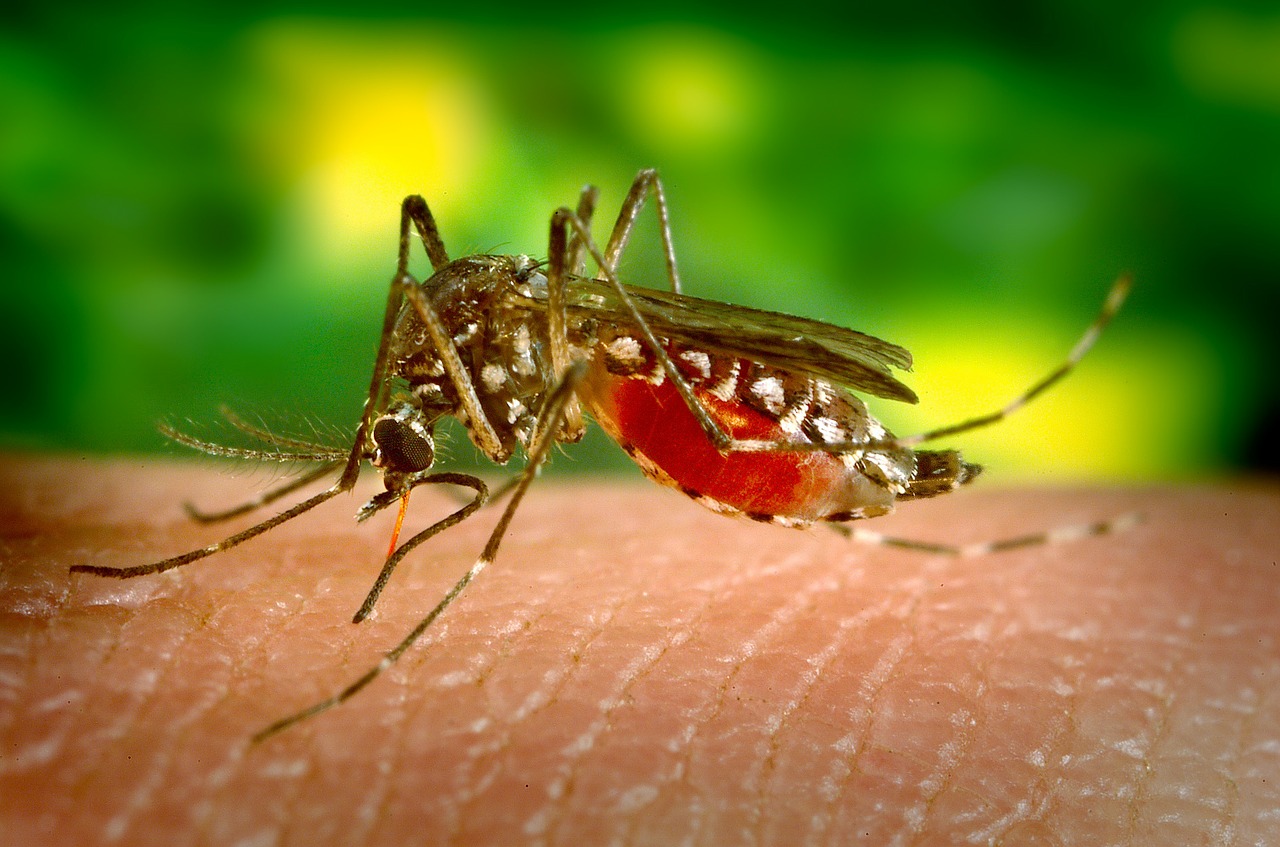
Life saver: Affordable fabric has been designed to block mosquito bites
A new fabric developed at an American University has a unique knit and geometric structure that has the ability to prevent mosquito bites. A fabric sample developed at an American University’s lab may appear ordinary, but it serves a distinct purpose. Designed with a unique knit and geometric structure, the material has the ability to prevent […]

A new fabric developed at an American University has a unique knit and geometric structure that has the ability to prevent mosquito bites.
A fabric sample developed at an American University’s lab may appear ordinary, but it serves a distinct purpose.
Designed with a unique knit and geometric structure, the material has the ability to prevent mosquito bites, as explained by John Beckmann, an assistant professor of entomology and plant pathology at Auburn University.
With the aim of addressing the global issue of mosquitoes and the diseases they transmit, Beckmann sought a fresh approach.
Mosquitoes cause significant harm worldwide, resulting in the deaths of hundreds of thousands, particularly among children under five in developing nations, due to diseases like malaria, dengue fever and West Nile virus.
READ ALSO: Nigeria’s fight against malaria: What needs to be done?
Additionally, millions of people become ill and experience work disruptions, while even non-disease-transmitting bites are highly bothersome.
REGULAR LONG-SLEEVE SHIRTS DON’T PREVENT MOSQUITO BITES
Contrary to common belief, a regular long-sleeve shirt is seen to not provide effective protection against mosquito bites.
The research team conducted tests on various clothing samples, including tight-knit fabrics like compression gear from leading sports brands, only to find that they did not block mosquito bites.
In order to study this phenomenon, the scientists, like in other mosquito labs, allowed themselves to be bitten by the insects by placing their arms inside an enclosure.
READ ALSO: How artificial light may be used to win the fight against Malaria
During the study, they wore sleeves made from different fabrics, discovering that woven fabrics have larger gaps between fibres through which mosquitoes can easily penetrate and bite.
The mosquito’s proboscis, the slender needle-like structure it uses for biting, is longer than the thickness of most fabrics.
According to a preprint paper by the researchers, the mosquito’s anatomy includes a remarkable component called a fascicle, comprised of “six serrated blades and microneedles.”
These components have the ability to flex at 90-degree angles. Additionally, there are adjacent parts known as stylets that resemble tiny vibrating drills, allowing them to “saw” through the skin.
Through the utilisation of programmable knitting machines, the research team conducted extensive experiments to identify a pattern capable of blocking mosquito bites.
READ ALSO: African scientists are working to pool data that decodes diseases
Beckmann explains that knitting involves creating loops and interweaving them, akin to tying small knots. By employing specific geometric techniques, a chainmail-like structure can be achieved at the microscopic level.
The fabric is also meticulously designed to prevent any gaps from forming as it stretches or bends, ensuring that it remains impenetrable.
MAINTAINING COMFORT IN HOT CLIMATES
The team then faced the challenge of ensuring comfort in hot climates affected by mosquito-borne diseases. They managed to alter the fabric’s structure to prevent mosquito bites while maintaining airflow.
After refining the comfort, some students compared it to active-wear leggings. Currently, the team is working with a blend of Spandex and polyester but the knitting pattern can be applied to various materials.
READ ALSO: Droughts bring disease: here are 4 ways they do it
The team plans to work on further improvements and launch a clothing line. They also hope to license the knitting pattern to clothing manufacturers for diverse applications, like baby clothing for example.
Production costs are not expected to be much higher than standard textile manufacturing.
